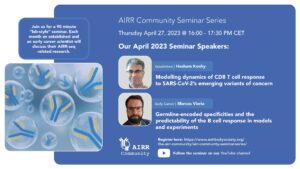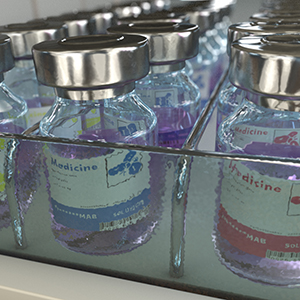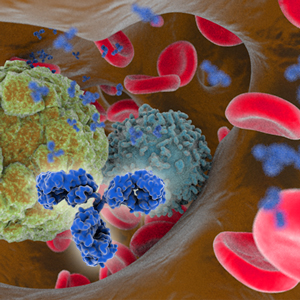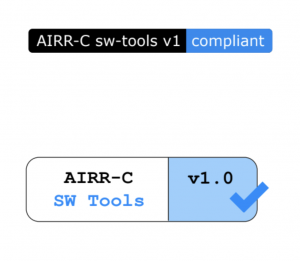Join the AIRR Community for a 90 minute “lab-style” virtual seminar. Each month an established and an early career scientist will discuss their AIRR-seq related research. Seminar time will be 16:00 – 17:30 Central European Time (CET), typically on the 4th Thursday of the month. Most talks will be recorded and posted on the AIRR Community YouTube channel. In the spirit of open science collaboration we want to give credit where credit is due – this seminar series is modelled after and a follow-up to the highly successful iReceptor Plus Seminar Series: Theories and Applications of Immune Repertoires which ran from 2020-2022. Check out their website for many scientifically related talks!
Register today for the April 27th talks presented by Hashem Koohy from Oxford University and Marcos Vieria from University of Chicago.
Check out the seminar series web page for upcoming seminars and registration links.






